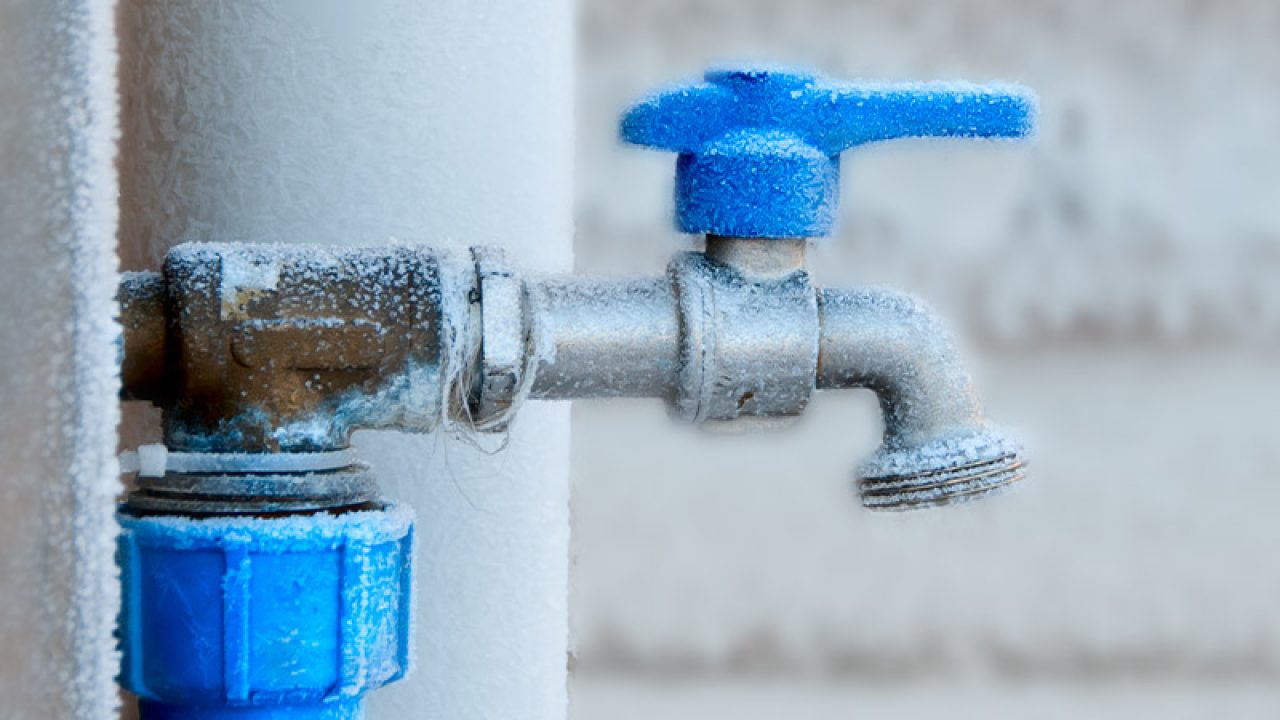Avoid Frozen Plumbing in Cold Weather: Pro Tips
Avoid Frozen Plumbing in Cold Weather: Pro Tips
Blog Article
On this page further down yow will discover a lot of decent expertise involving 6 Ways to Prevent Frozen Pipes.

Cold weather can wreak havoc on your plumbing, specifically by freezing pipes. Below's how to avoid it from happening and what to do if it does.
Introduction
As temperature levels decrease, the danger of icy pipelines boosts, possibly bring about pricey repair services and water damage. Understanding just how to avoid frozen pipelines is vital for property owners in cold environments.
Understanding Icy Pipes
What triggers pipes to ice up?
Pipelines freeze when revealed to temperatures listed below 32 ° F (0 ° C) for extended durations. As water inside the pipelines freezes, it broadens, taxing the pipe walls and possibly creating them to burst.
Dangers and problems
Icy pipes can result in water disturbances, property damage, and pricey repair work. Ruptured pipes can flood homes and trigger extensive architectural damage.
Indications of Frozen Piping
Recognizing frozen pipes early can stop them from bursting.
Exactly how to determine frozen pipelines
Seek lowered water circulation from taps, uncommon smells or noises from pipes, and visible frost on exposed pipes.
Avoidance Tips
Shielding at risk pipes
Wrap pipelines in insulation sleeves or utilize warmth tape to safeguard them from freezing temperature levels. Focus on pipelines in unheated or external areas of the home.
Home heating strategies
Keep interior areas properly warmed, especially areas with pipes. Open up cabinet doors to enable cozy air to distribute around pipelines under sinks.
Safeguarding Outside Pipes
Yard hoses and outside taps
Separate and drain pipes garden hoses prior to winter. Set up frost-proof faucets or cover outside faucets with protected caps.
What to Do If Your Pipelines Freeze
Immediate activities to take
If you believe frozen pipelines, maintain faucets open to relieve pressure as the ice thaws. Use a hairdryer or towels soaked in hot water to thaw pipelines gradually.
Long-Term Solutions
Architectural changes
Take into consideration rerouting pipes far from exterior wall surfaces or unheated areas. Add extra insulation to attics, cellars, and crawl spaces.
Updating insulation
Invest in high-quality insulation for pipes, attics, and walls. Correct insulation aids keep consistent temperature levels and reduces the danger of icy pipes.
Conclusion
Stopping icy pipelines calls for proactive steps and quick reactions. By comprehending the reasons, indicators, and preventive measures, homeowners can protect their plumbing during cold weather.
5 Ways to Prevent Frozen Pipes
Drain Outdoor Faucets and Disconnect Hoses
First, close the shut-off valve that controls the flow of water in the pipe to your outdoor faucet. Then, head outside to disconnect and drain your hose and open the outdoor faucet to allow the water to completely drain out of the line. Turn off the faucet when done. Finally, head back to the shut-off valve and drain the remaining water inside the pipe into a bucket or container. Additionally, if you have a home irrigation system, you should consider hiring an expert to clear the system of water each year.
Insulate Pipes
One of the best and most cost-effective methods for preventing frozen water pipes is to wrap your pipes with insulation. This is especially important for areas in your home that aren’t exposed to heat, such as an attic. We suggest using foam sleeves, which can typically be found at your local hardware store.
Keep Heat Running at 65
Your pipes are located inside your walls, and the temperature there is much colder than the rest of the house. To prevent your pipes from freezing, The Insurance Information Institute suggests that you keep your home heated to at least 65 degrees, even when traveling. You may want to invest in smart devices that can keep an eye on the temperature in your home while you’re away.
Leave Water Dripping
Moving water — even a small trickle — can prevent ice from forming inside your pipes. When freezing temps are imminent, start a drip of water from all faucets that serve exposed pipes. Leaving a few faucets running will also help relieve pressure inside the pipes and help prevent a rupture if the water inside freezes.
Open Cupboard Doors
Warm your kitchen and bathroom pipes by opening cupboards and vanities. You should also leave your interior doors ajar to help warm air circulate evenly throughout your home.

I'm very serious about Prevent Frozen Pipes and I really hope you appreciated our article. In case you liked our blog posting if you please be sure to share it. Thank you for going through it.
Visit My Site Report this page